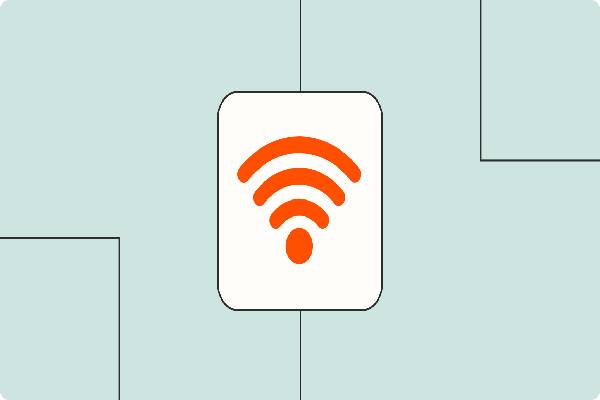intersection of technology and health
Introduction:
In the 21st century, technology has revolutionized nearly
every aspect of human life, and healthcare is no exception. From electronic
medical records to telemedicine, innovative technologies are transforming how
we approach healthcare delivery, diagnostics, treatment, and patient outcomes.
This article explores the profound impact of technology on health, highlighting
key advancements, challenges, and potential future developments.
Electronic Health Records (EHRs):
One of healthcare's most significant technological
advancements is the widespread adoption of electronic health records (EHRs).
EHRs replace traditional paper-based medical records, allowing for seamless
sharing of patient information across healthcare providers, reducing errors,
and improving efficiency. With EHRs, medical professionals can access vital
patient data instantaneously, leading to faster diagnoses and more informed
treatment decisions.
Telemedicine and Remote Patient Monitoring:
Telemedicine has emerged as a game-changer in healthcare
delivery, particularly in remote or underserved areas. By leveraging video
conferencing and other communication technologies, patients can consult with
healthcare providers remotely, eliminating geographical barriers and enhancing access
to care. Additionally, remote patient monitoring devices enable healthcare
professionals to collect and analyze real-time patient data, leading to early
detection of health issues and timely intervention.
Artificial Intelligence (AI) in Healthcare:
Artificial intelligence has shown immense potential in revolutionizing healthcare. AI algorithms can analyze vast amounts of medical
data, aiding in accurate diagnoses, predicting disease outcomes, and suggesting
personalized treatment plans. For example, machine learning algorithms can
assist radiologists in detecting abnormalities in medical images, while natural
language processing can extract valuable insights from medical literature and
improve decision-making processes.
Wearable Devices and Health Tracking:
The rise of wearable devices, such as smartwatches and
fitness trackers, has empowered individuals to monitor their health and
well-being actively. These devices can track various metrics, including heart
rate, sleep patterns, and physical activity, providing users valuable insights
into their overall health. By promoting self-awareness and encouraging
healthier lifestyle choices, wearable devices have the potential to prevent and
manage chronic conditions.
Precision Medicine:
Advancements in genetic sequencing and molecular diagnostics
have paved the way for precision medicine. This approach considers an
individual's unique genetic makeup, lifestyle, and environmental factors to
tailor treatments for maximum efficacy. Technologies like next-generation sequencing
and high-throughput screening enable researchers to identify targeted
therapies, leading to more precise and effective interventions in conditions
such as cancer and genetic disorders.
Big Data and Analytics:
The healthcare industry generates vast amounts of data
daily. Big data analytics allows for extracting meaningful insights from this
data, facilitating evidence-based decision-making and improving patient
outcomes. By analyzing patterns, trends, and treatment responses on a large
scale, healthcare providers can identify population health trends, optimize
resource allocation, and develop predictive models for disease prevention and
early intervention.
Blockchain Technology in Healthcare:
Blockchain technology has the potential to transform
healthcare by ensuring the secure, transparent, and interoperable sharing of
health data. It offers decentralized data storage, tamper-proof records, and
enhanced data privacy, empowering patients with control over their health
information. In addition, blockchain can facilitate seamless data exchange
between healthcare providers, improving care coordination, reducing
duplication, and enhancing data integrity.
Robotics and Surgical Innovations:
Robot-assisted surgery has revolutionized the field of
surgery by enhancing precision, minimizing invasiveness, and reducing recovery
times. Surgeons can now perform complex procedures with the assistance of
robotic systems, resulting in improved surgical outcomes and decreased patient
discomfort. Additionally, robotic exoskeletons are used in rehabilitation
settings to aid patients with mobility impairments, enabling them to regain
independence and improve their quality of life.
Virtual Reality (VR) and Augmented Reality (AR) in Healthcare:
Virtual and augmented reality technologies are finding
applications in healthcare education, therapy, and patient care. For example, medical
students can immerse themselves in realistic virtual environments, allowing for
hands-on training and the development of surgical skills. VR and AR are also
used in pain management, distraction therapy, and phobia treatment. By creating
immersive experiences, these technologies can potentially improve patient
well-being and enhance healthcare training methodologies.
Internet of Things (IoT) and Connected Health:
The Internet of Things (IoT) refers to the network of
interconnected devices that can collect and exchange data. IoT devices enable
remote patient monitoring, medication adherence tracking, and continuous vital
signs monitoring in healthcare. Connected health ecosystems allow for seamless
data integration from various sources, leading to more comprehensive and
personalized care. However, ensuring data security and privacy are crucial
considerations in implementing IoT-based healthcare solutions.
Conclusion:
The intersection of technology and health has ushered in a
new era of possibilities in healthcare. These advancements have significantly
improved patient care, healthcare access, and health outcomes, from electronic
health records and telemedicine to AI and precision medicine. However, data
privacy, interoperability, and technology implementation remain. By addressing
these challenges and continuing to innovate, we can unlock the full potential
of technology to create a healthier and more connected future.


.jpg)